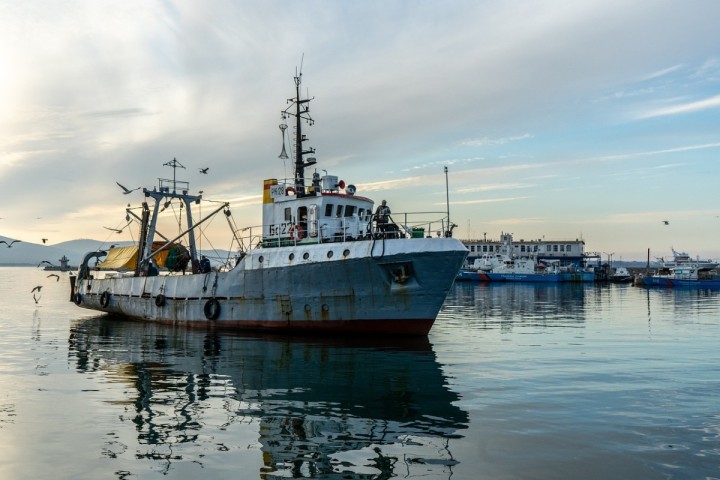According to the calculations, 47.2 percent of the country’s industrial fishing came from protected marine areas, which the State has full rights to exploit.
To obtain this data, the authors of the study crossed data from the Global Fishing Watch platform, which records the activities of fishing vessels around the world, with cartographic data from the United Nations Environment Program on marine protected areas in France.
The result showed that in just six years the number of catches in protected waters doubled, going from 21.8 percent in 2015 to the current 47.2 percent, despite the fact that in that period the surface of the reserves, natural parks, Natura 2000 areas and other types of spaces designed to protect marine biodiversity also increased.
Marine Protected Areas cover 43.5 percent of mainland France’s exclusive economic zone, but according to a scientific study published in 2021 in the journal Marine Policy, only 0.03 percent of its area is under “strict protection”, that is, without any fishing.
The problem is the lack of regulation in marine protected areas, which in the researcher’s opinion contravenes “all scientific recommendations”, which suggest that between 30 and 50 percent of the ocean surface should benefit from high or strict protection, as other levels are often ineffective.
According to Bloom, France should adjust its policy to international scientific standards and prohibit industrial fishing in its marine protected areas and any type of capture (industrial or artisanal) in at least 10 percent of its waters, to allow the regeneration of the ocean.
pgh/llp/mem/acm









